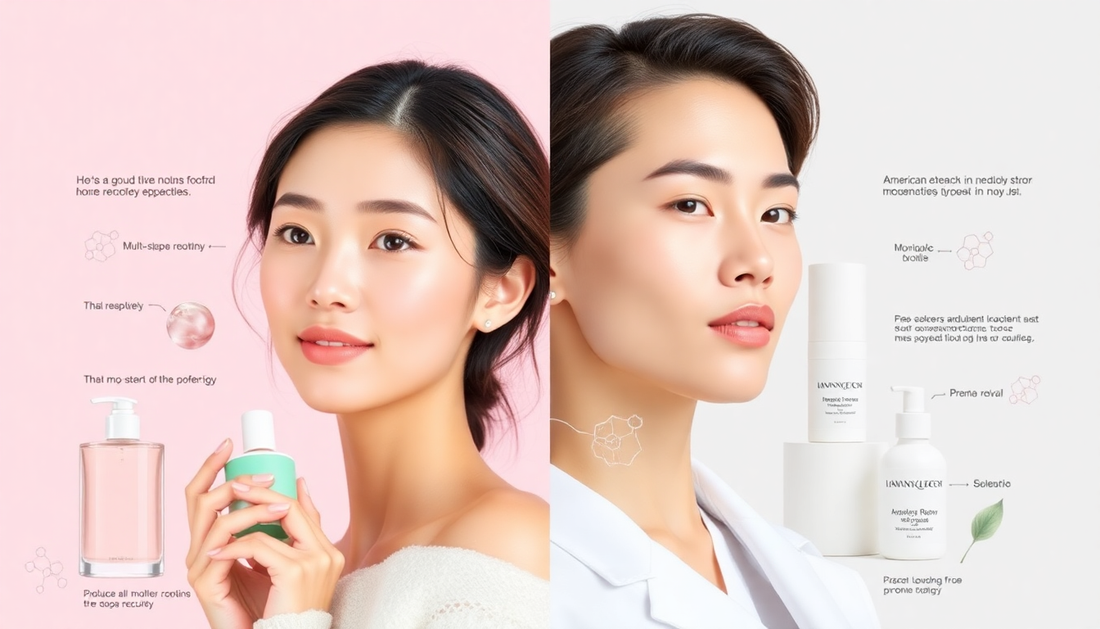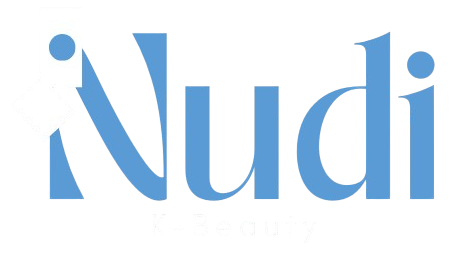
What Makes K-Beauty Different? A Deep Dive into Korean vs. American Skincare
Share
In the ever-evolving world of beauty, the rise of Korean skincare, or K-Beauty, has taken the global market by storm. From sheet masks to innovative serums, the unique approach to skin health championed by Korean brands has captivated beauty enthusiasts worldwide. But what exactly sets K-Beauty apart from the more familiar Western skincare traditions? Let's dive deep into the core differences that make Korean skincare so distinct and alluring.
Historical Context of Skincare Philosophies
To understand the divergence between Korean and American skincare, we need to explore their respective cultural and historical roots. Korean skincare traditions have their foundations in centuries-old holistic practices that emphasize balance, prevention, and a deep reverence for the skin's natural functions. In contrast, Western skincare development has been more heavily influenced by the medical and scientific advancements of the 20th century, with a greater focus on targeted treatment of specific skin concerns.
This cultural difference in beauty perspectives has shaped the fundamental approach to skincare in each region. Koreans have long viewed healthy, glowing skin as a reflection of overall well-being, while Americans have tended to prioritize addressing visible skin problems through more clinical, problem-solving methods.
Core Differences in Skincare Approach
One of the most striking distinctions between K-Beauty and American skincare is the underlying mindset. Korean brands often emphasize a preventative approach, aiming to maintain and nurture the skin's natural balance, rather than solely treating existing issues. This holistic perspective manifests in the layered, multi-step routines that have become a hallmark of K-Beauty.
In contrast, American skincare has traditionally been more focused on addressing specific concerns, such as acne, wrinkles, or dryness, through targeted treatments. While this approach can be effective, it may overlook the importance of overall skin health and the interconnectedness of various skin functions.
Another key difference lies in the ingredient philosophy. Korean skincare formulations often prioritize natural, botanical-based ingredients that work in harmony with the skin, while American brands have historically been more open to incorporating synthetic or more potent active ingredients. This approach has led to a greater emphasis on innovative, cutting-edge ingredients and technologies in the Korean beauty industry.
Product Formulation Comparisons
When it comes to product textures and sensory experiences, Korean and American skincare also diverge. K-Beauty products are often designed to be lightweight, easily absorbed, and provide a refreshing, almost "watery" feel on the skin. This aligns with the Korean preference for a more natural, "second skin" effect. American skincare, on the other hand, may feature richer, more emollient formulas that provide a more pronounced, "luxurious" sensory experience.
The ingredient focus also shapes the overall aesthetic and performance of the products. Korean brands tend to prioritize ingredients that enhance the skin's natural radiance and glow, while American brands may be more inclined to emphasize visible, immediate results, even if they come at the expense of a more natural-looking finish.
Skincare Routine Structures
The structure of skincare routines is another area where K-Beauty and American approaches differ significantly. Korean routines are typically multi-step, with a focus on layering various products to address different skin needs. This layering technique allows for a more comprehensive and customized approach to skin health.
In contrast, American skincare often follows a more minimalist approach, with a greater emphasis on a few key products or a simplified routine. While this can be effective for some skin types, it may overlook the benefits of a more holistic, layered approach.
Technology and Innovation
The Korean beauty industry is renowned for its rapid pace of innovation and its commitment to cutting-edge research and development. Korean brands are constantly pushing the boundaries of skincare technology, introducing new ingredients, formulations, and delivery systems at a breakneck pace.
American skincare, while not lacking in innovation, has historically been more cautious and incremental in its approach to new technologies and ingredients. This difference in innovation mindset has contributed to the perception of K-Beauty as a more dynamic and forward-thinking industry.
Consumer Education and Engagement
Another distinguishing factor between K-Beauty and American skincare is the approach to consumer education and engagement. Korean brands place a strong emphasis on empowering consumers with in-depth knowledge about skin health, product ingredients, and proper application techniques. This emphasis on consumer education has fostered a vibrant, community-driven skincare culture in Korea.
In contrast, American skincare marketing has often been more focused on quick-fix solutions and visible results, with less emphasis on comprehensive consumer education. While this approach can be effective for some consumers, it may overlook the importance of building long-term skincare knowledge and fostering a deeper connection between brands and their customers.
Bridging the Gap
As the global beauty landscape continues to evolve, the unique perspectives and innovations of K-Beauty are increasingly being embraced and integrated into Western skincare routines. This cross-pollination of ideas and approaches presents an exciting opportunity to bridge the gap between Korean and American skincare, ultimately leading to a more holistic and personalized approach to skin health for consumers worldwide.
By understanding the core differences between these two distinct skincare philosophies, we can gain a deeper appreciation for the richness and diversity of the global beauty industry. Whether you're a devoted K-Beauty fan or a loyal American skincare enthusiast, exploring the unique strengths of each approach can open up new avenues for achieving your healthiest, most radiant skin yet.
